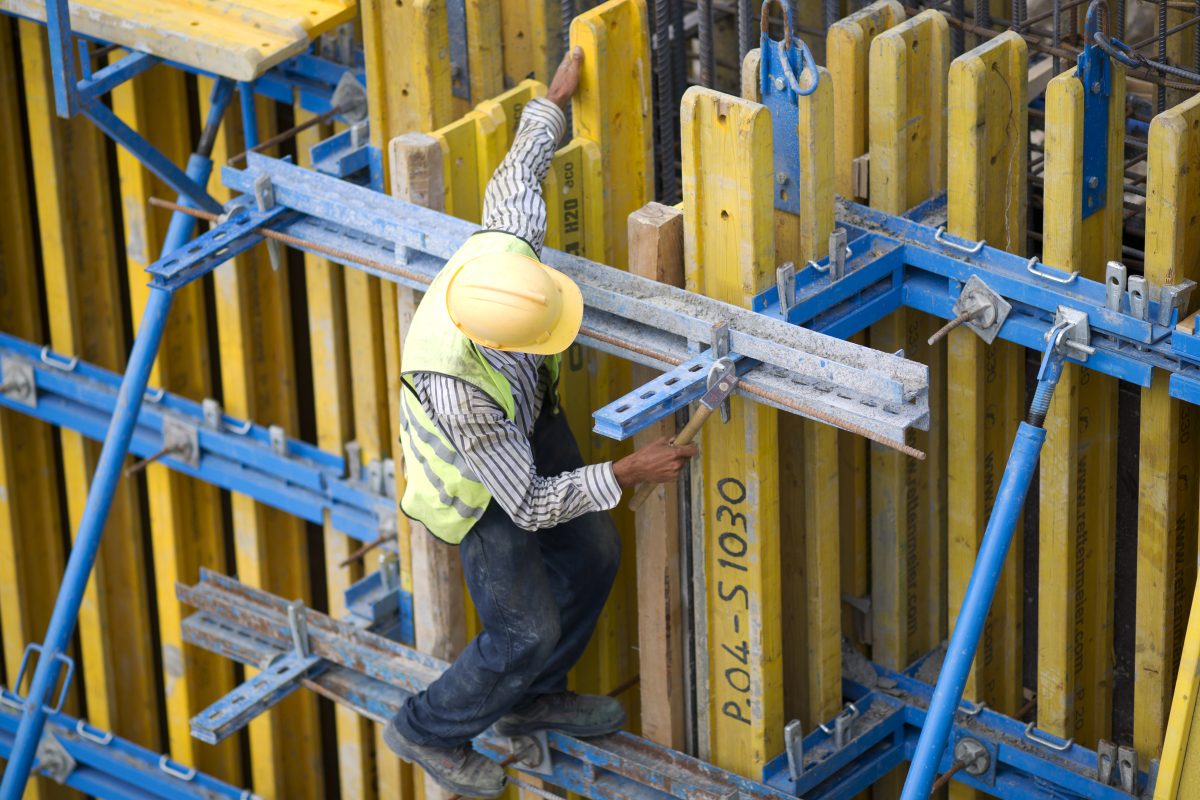Edge protection is a vital part of safety when it comes to construction projects. From new buildings to refurbishment and everything in between, there are big risks in regard to safety. All workers deserve protection from hazards, and edges are among some of the most dangerous. Fortunately, there are various edge protection solutions any team can install and use based on what the project requires. This helps minimise risk and keep everyone as safe as possible.
What is Edge Protection?
You need edge protection when there is a risk of falling. Examples include working on a roof or an open-framed skyscraper. These are all dangerous, and falls can and do happen. There are different types of edge protection that suit different projects. Rapid post systems don’t need to be drilled into a surface and connected via posts and clamps. Standard support systems can be attached to I-beams and curbs. Dual-purpose systems can mount concrete and timber.
When You Need Edge Protection
Whenever there is any type of risk of falling from a height, such as a roofing job, edge protection will be necessary. Depending on the job, there are different types you need. In Australia, the Work Health and Safety Act 2011 describes edge protection as legally necessary for jobs above 2 metres high or with a slope of more than 26°. Therefore, edge protection applications are necessary for most construction jobs, scaffolding tasks and civil engineering projects.
The Benefits of Edge Protection
First and foremost, edge protection helps prevent serious injury when working from a height or unstable surface. Safety is greatly enhanced when using edge protection, and it reassures everyone involved that safety is being taken seriously. There is also a cost incentive. Edge protection is an investment. But it is an investment worth making considering the potential financial damage of an incident. And given the flexibility of edge protection, there is no excuse.
Carry Out a Risk Assessment
Risk assessment is a vital part of any construction planning. There are many hazards across the construction repair and maintenance sectors, and edge protection can help. Some of the spaces that typically need extra attention are heights, slopes and unstable surfaces, such as:
- New constructions or installations and buildings are being prepared for demolition.
- Care is needed when working on fragile surfaces such as compromised roofs.
- Assess risk when teams are working on elevated platforms and portable ladders.
- Edges that are open and unprotected, such as roofing, large holes and pits.
- Sloped surfaces that go against gravity or slippery surfaces, such as glazed tiles.
A risk assessment in these spaces is necessary, but that alone won’t be the solution. Alongside edge protection, it also helps to coordinate with teams and technical advisors to enhance safety. Inspections alongside safety planning can help your teams use edge protection correctly.
Where Edge Protection is Necessary
It can be almost impossible to address all safety issues. There are simply too many factors and variables. However, edge protection takes safety to another level whenever it is used. There are also some specific places when edge protection is needed. These include any rooftop access points such as hatches, doors and stairs. Of course, the edges of roofs need systems such as guardrails. Edge systems should also be used for equipment repair, such as HVAC on roofs.
Edge Protection Safety Checks
It is a sad but true fact that construction workers and engineers fall. This results in serious injury and sometimes death. According to Safe Work Australia, there were 122 deaths from height between 2015 and 2019. This accounted for 13% of the total. But even when using edge protection, there are some critical checks. These include checking carabiners are locked on the anchor, inspecting changes of direction, and ensuring that edge protection is installed correctly.
Edge Protection Training and Education
All the edge protection and safety methods in the world can be all for nothing if team members aren’t up to speed about health and safety at work. High-quality equipment is only a small part of it, and an unsafe system occurs when PPE and other protection systems aren’t used correctly. Ongoing training is necessary for all safety systems, and teams can learn via seminars, shadowing, and even using virtual reality with safety technicians consulting.
There are many reasons and scenarios where edge protection is necessary. It should always be a vital part of any risk assessment where jobs from a height or unstable surface are to be carried out. Yet even the best systems are useless without adequate training and education. For more information, contact our team today!







